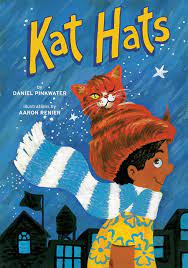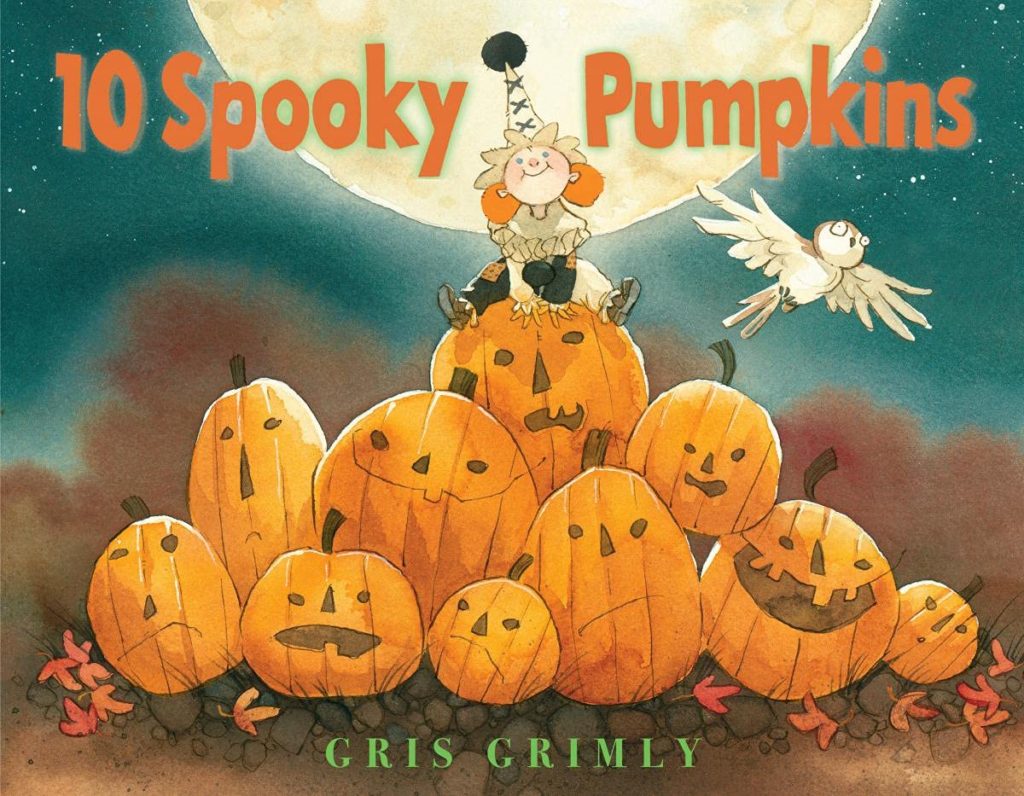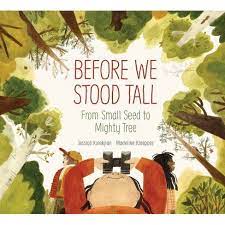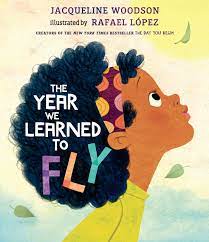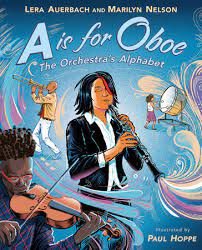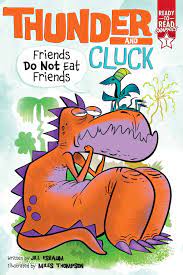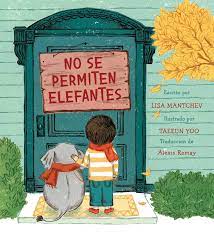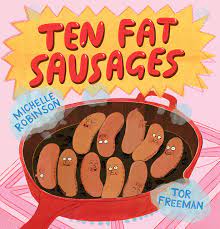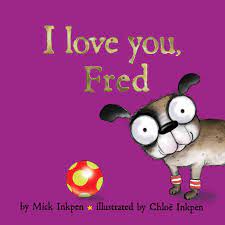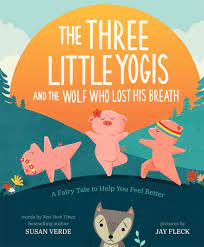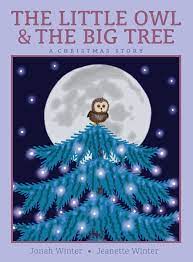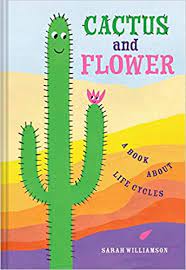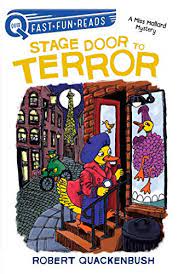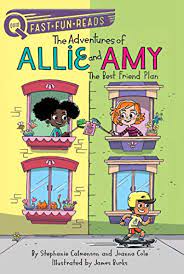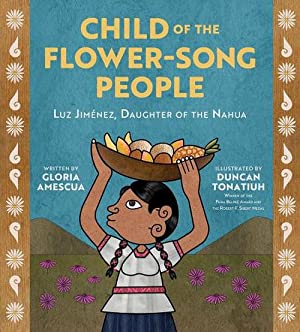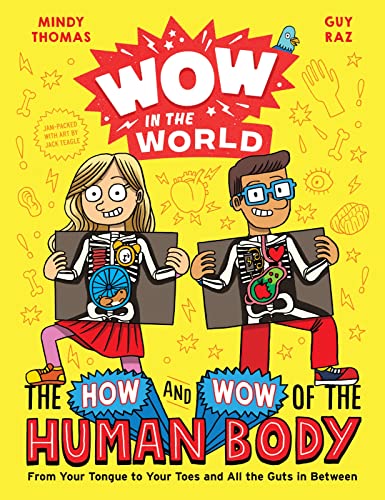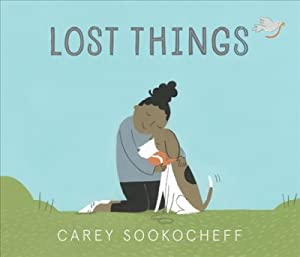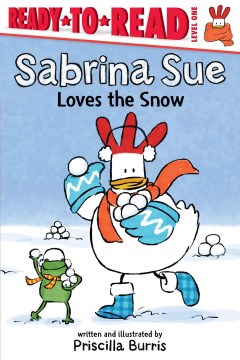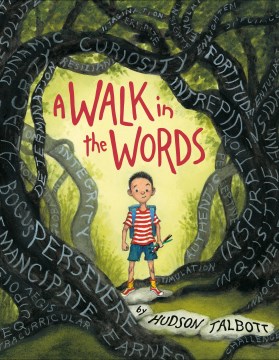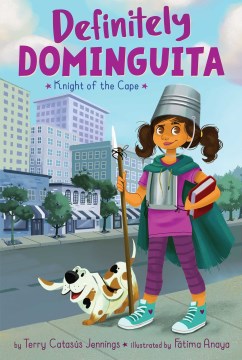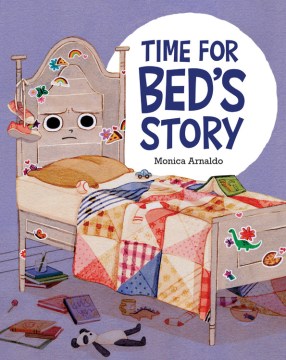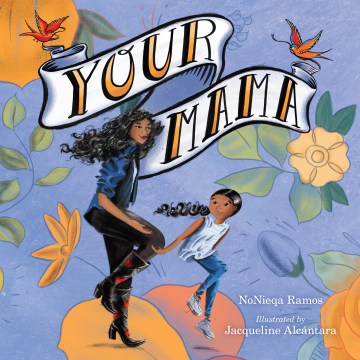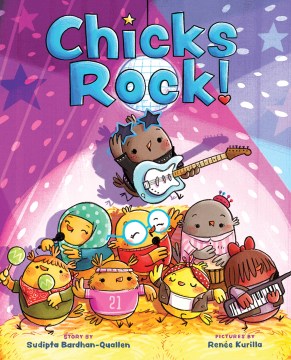Kat Hats Incorporated is a special training facility where special cats learn to be “living hats” for specific purposes. These cats are rented out to mountain climbers, Arctic explorers and other extreme adventurers. It is owned by Matt Kats, his wife, Glamorella, and their children, Pocketmouse and Lambkin.
Their most prized cat is Thermal Herman 67/8ths, who is the warmest cat ever known (a good thing, since over 90% of the the body’s heat is lost through the head). In this story, it’s a good thing he wasn’t on an expedition, because he was sent on an emergency mission – to find and help Thirdbeard’s mother, Chickarina (the witch), who walked off licking a fruitsicle. He was worried that she might get a brain freeze. So, Thermal Herman 67/8ths hurried up the mountain, encountered his own adventures on the way and saved Chickarina in the knick of time by pretending to be a witch’s hat. She put him on and warmed up enough to save herself!
This very silly story is engaging, helped along by the outrageously colorful illustrations. Young readers will need to spend extra time on each page, because there is so much going on. Kat Hats is a goofy book and is sure to make kids wonder why the notion of Cat Hats hasn’t been invented yet.

